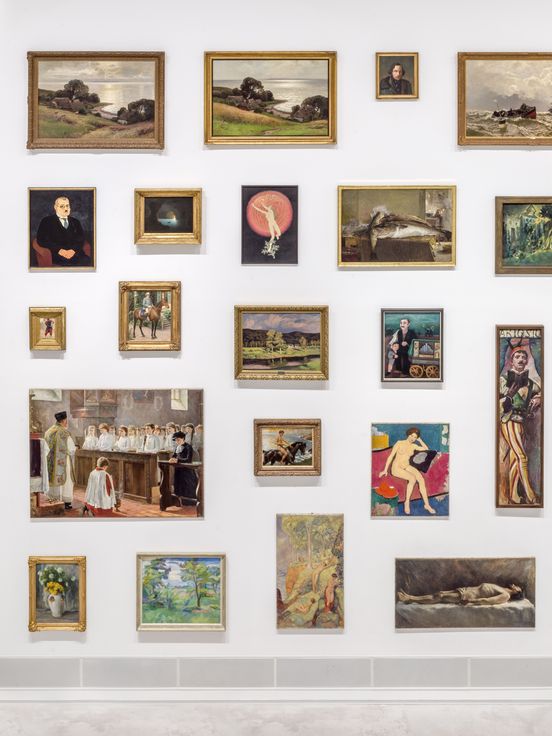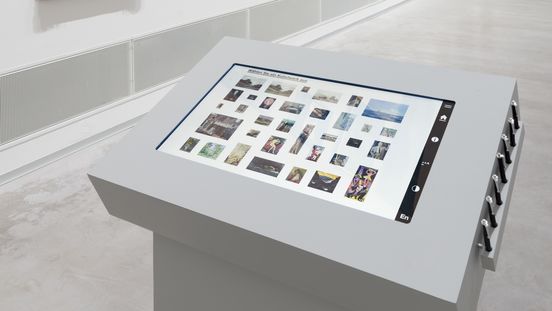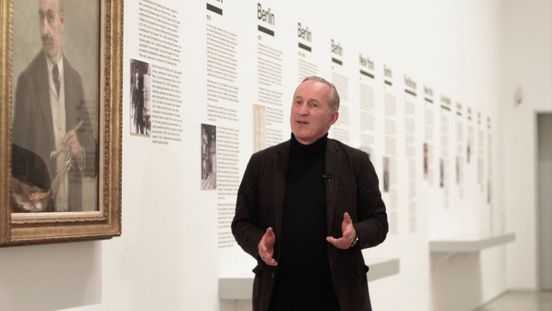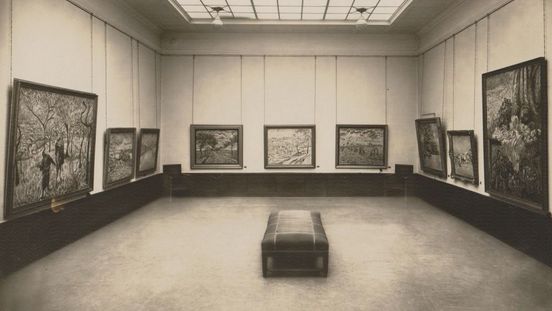Provenance researchers attempt to trace the origins of these works, to designate their former legal and beneficial owners, and to perform what is still the most pressing task of research in this field by establishing as many details as possible: Jewish artists, dealers and collectors, who played such a major part until 1933, especially in Berlin, in the spread of modernism, were persecuted during the Nazi dictatorship and their possessions were stolen. They were forced to hand over works of art and to sell them below value. There is a moral obligation to identify those works as soon as possible and to reach mutually acceptable agreements with the descendants of their former Jewish owners about where those works should now be housed. In 1998 the federal republic of Germany has signed the Washington Declaration, a statement concerning the restitution of art confiscated by the Nazi regime before and during World War II. In 1999 the Common Declaration became the foundation for the selective search for Nazi plunder in German museums.
Digital media
Estates of the Department
of Artist's Archives
Business correspondence and papers from the art market are a far more prolific source than any other for the execution of the “Common Declaration”. They not only clarify provenance, but also contain information about prices paid and formal owners of works of art. Researches on the art market of German Modernism became therefor a focus of the Provenance research at the Berlinische Galerie.
In 2006, the Berlinische Galerie developed and established with the scholarly evaluation of the estate from Ferdinand Möller a database-based project for the art market of modern works of art during the Third Reich. The currently scholarly evaluation of the research archive from the Viennese art-market researcher Werner J. Schweiger (1949 – 2011) ties up with this focus. Werner J. Schweiger started his research in the 1980s for a lexicon of the German-speaking art market of Modernism between 1905 and 1937. The Berlinische Galerie published via the online database Collection Online the compiled data sheets of Schweiger to over 250 galleries.
The focused evaluation of those archives and further collections provides a basis of the international provenance research and the academic support of the art market.
Foundations of provenance research
External links to provenance
and art-market-research
Contact
-
Dr. Wolfgang Schöddert
Provenance Research
schoeddert@berlinischegalerie.de




![[Translate to English:] Werner J. Schweiger in seinem Arbeitszimmer, 1979. Foto: Roland Werba. Werner J. Schweiger in seinem Arbeitszimmer, 1979. Foto: Roland Werba.](/assets/_processed_/b/3/csm_wienbibliothek-neuerwerbung2015-kunstarchiv-werner-schweiger-portrait_a6b193730f.jpg)